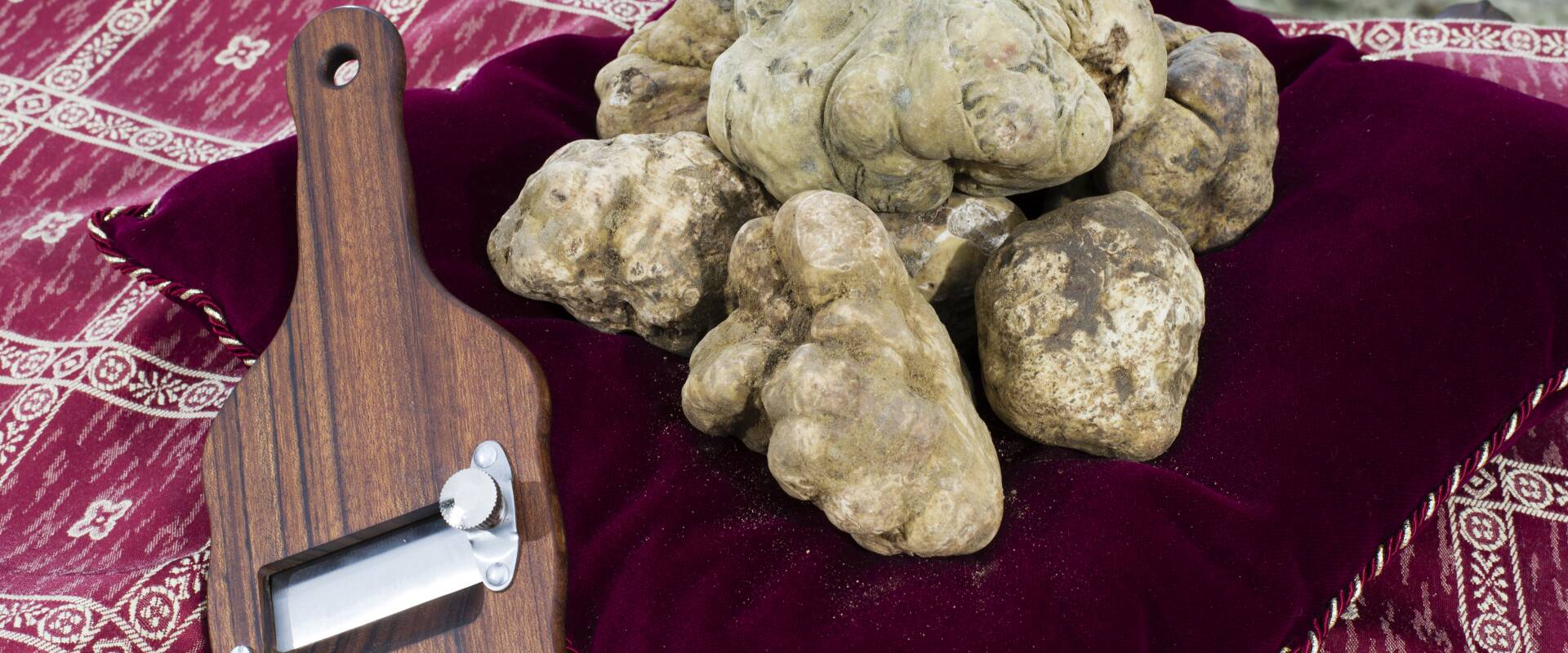- Search magazine...
- Magazine by Category
- Magazine by Region
- article detail
- Search magazine...
- Magazine by Category
- Magazine by Region
- article detail
The precious white truffle, the scientific name ‘Tuber Magnatum Pico’, is considered the truffle par excellence because it has a significant important trade role. Its specific taste and its aromatic smell make the white truffle a very appreciated ingredient in the kitchen and it is considered the best after the black truffle.
Piedmont is the region in Italy where you can find the white truffle, and Alba is a suitable place where to celebrate this most loved and sought delight of the chefs from all over the world.
Every year in October and November, almost two months of events celebrating the Tuber Magnatum Pico, the white truffle of Alba, a gem of Piedmont di Langhe, Roero and Monferrato, with an International Fair of the White Truffle of Alba invading the streets, courtyards, markets and palaces of the capital of the Langhe.
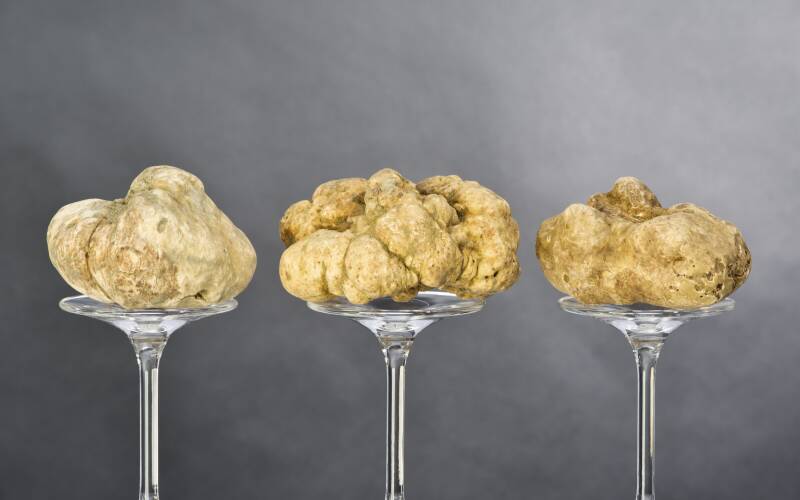
How to conserve
The truffle must be stored in a glass jar or, alternatively, in an airtight plastic container. Within this, it should be wrapped in a paper towel, which should be changed and replaced every day. To avoid definitely, as erroneously spread, is to introduce rice in the container, because the rice excessively absorbs the moisture of the truffle, drying it and depriving it of its perfume. Similarly, avoid storing it in oil, which favors fermentation.
The jar or container needs to be placed in the lower part of the refrigerator, at a temperature between 2 and 4 °C (pay attention to milk products, such as butter and cheese, which tend to absorb the smell). Even under the best storage conditions, it is recommended though to eat the truffle within seven/ ten days after purchase. Like the universal rule valued for all fresh products: the sooner you eat/drink it, the better the tastes of the truffle will be.
How to clean
The truffle is a fungus that grows underground: it goes without saying that at the moment of collecting them, they will be covered with earth. It is advisable that anyone who sells truffles already cleanse them before the sale, making sure to brush them, even if only superficially. Primarily for the weight, which affects the price, but even more to allow those who are purchasing to verify the quality of the truffles. The earth, in addition to hiding any flaws, it may also be a carrier of insects or worms of various sizes, which might ruin the truffle. For all these reasons, our fresh truffles are sold already well brushed. We do not wash them as this process could undermine its duration. It would be enough to, a few hours before serving the truffle at the table or use it as an ingredient, gently wipe it – but carefully – with a soft bristle brush (such as a fine shoe brush or toothbrush, clean of course) wetted with water at room temperature. The white truffle should never be immersed in water, cooked nor boiled.
How to cut
You don’t eat a truffle by biting it (unless you can afford it), you don’t peel it with a knife (except for the black truffle) and should not be torn to pieces (even if, in some recipes, this way of preparation can offer unique sensations). Generally, you don’t grater the truffle, although some kitchen tools could guarantee good results in that way.
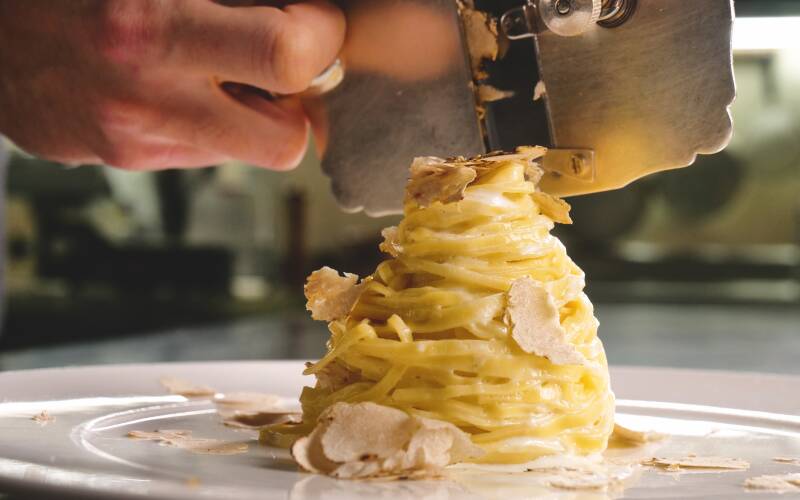
The best way to enhance the flavor is to cut into strips. There are several thoughts about the cut, depending on whether you want to achieve a crispy or melted result; in the first case, the blades will be thicker and consistent, in the second case rather thin, almost transparent. The tool to achieve this is the truffle slicer. There are different types available on the market: the important this is that it is equipped with a smooth and sharpened blade, preferably stainless steel, which can regulate the thickness of the slices in order to get a precise cut; variable between 0.2 and 4 mm.
Another suggestion concerns the disposition on the plate. For the most sublime experience, we suggest you create a cone starting from the outer edge of the plate, creating concentric circles smaller and smaller, following a circular motion.
Book a chef service in our luxury villas for rent in Italy and taste this amazing product of nature.
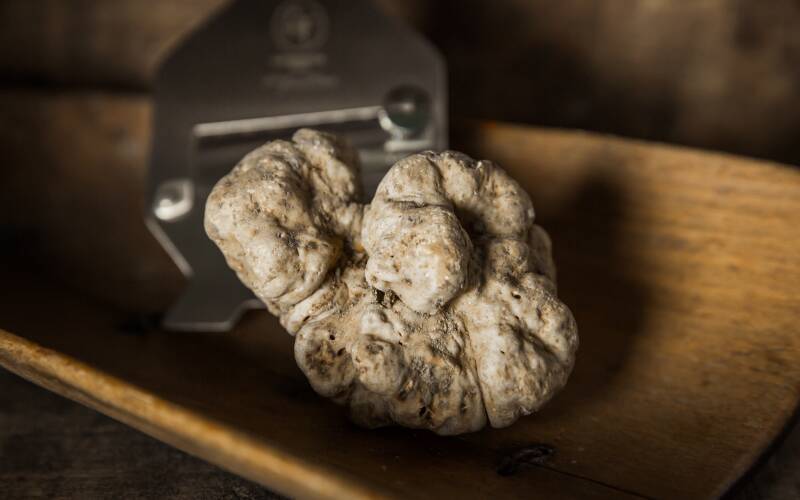
Copyright © Home in Italy. All rights reserved.
balsamina
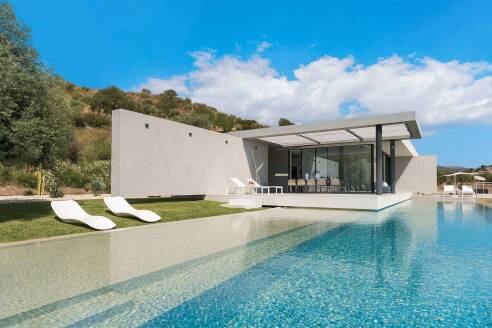
8 4 5
Sicily, Avola
from 8,950 to 14,900 € / week
villa mandorli
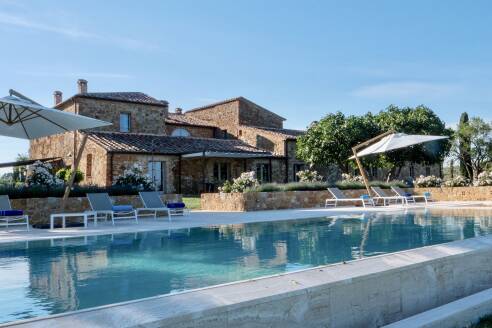
12 6 7
Tuscany, Montepulciano
from 7,150 to 11,600 € / week
cantico
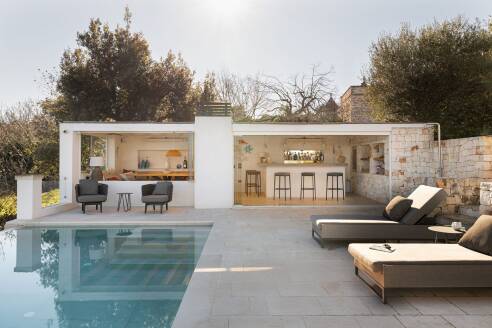
8 4 10
Puglia, Fasano
from 20,000 to 35,000 € / week
villa reale di marlia
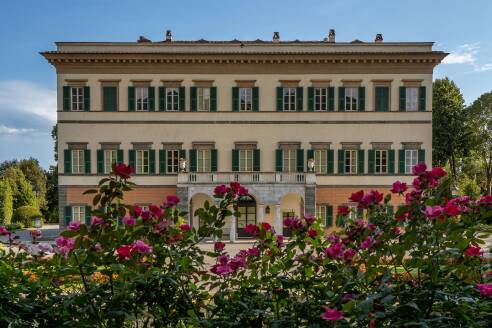
25 11 20
Tuscany, Lucca
Price On demand
verdiana
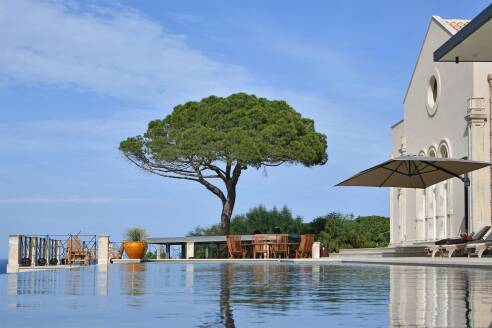
12 6 6
Sicily, Siracusa
from 15,600 to 21,950 € / week
merangola
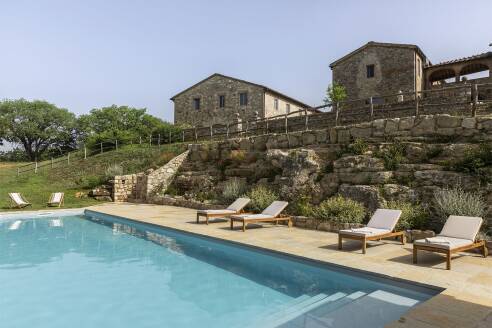
12 6 8
Tuscany, Siena
from 14,000 to 16,000 € / week
masseria antica
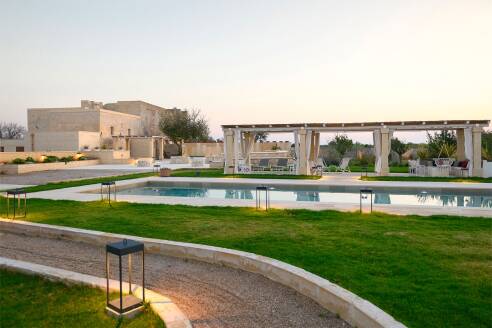
20/22 12 14
Puglia, Lecce
from 31,500 to 49,000 € / week
pantera
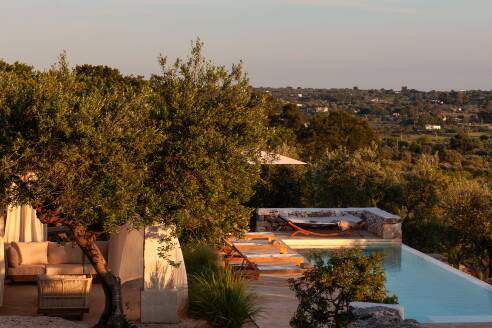
18 9 13
Puglia, Ostuni
from 11,900 to 30,450 € / week


